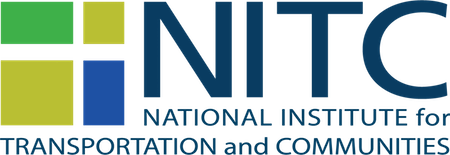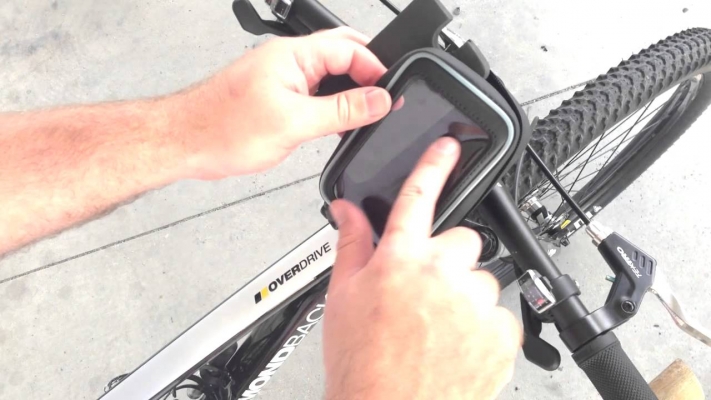The video begins at 1:32.
Topic: Four Types of Cyclists: What do we know and how can it help?
Labeling or categorizing cyclists has been occurring for over a century for a variety of purposes. Dr. Dill's research aimed to examine a typology developed by the City of Portland that includes four categories: Strong and the Fearless, Enthused and Confident, Interested but Concerned, and No Way No How. Unlike several other typologies, this widely referenced typology is intended to apply to all adults, regardless of their current cycling behavior. This seminar will present her findings, focusing on differences between the four types and a better understanding the market for increasing cycling for transportation.
View slides
Watch video
View slides
ORcycle is a new smartphone application (for both Android and iOS) developed by Transportation, Technology, and People (TTP) lab researchers at Portland State University as part of an Oregon Department of Transportation (ODOT) research project. ORcycle collects user, route, infrastructure, crash, and safety data. ORcycle was successfully launched in early November 2014 and presents many improvements over existing or similar apps. Initial data findings and insights will be presented. Lessons learned as well as opportunities and challenges associated with smartphone data collection methods will be discussed. More information about the app can be found here: http://www.pdx.edu/transportation-lab/orcycle
Read moreThe video begins at 0:27.
Dr. Kelly Clifton, associate professor of Civil and Environmental Engineering at PSU, will present results from Clifton's recent study that aims to make connections between our travel choices and our consumer behavior. Based upon a survey administered in the Portland metro area in the summer 2011, the analysis examines the various influences on mode choices to local restaurants. Similarly, patron spending and frequency of visits are also analyzed with respect to mode to better understand these complex relationships. In this talk, there will be an emphasis on comparing patrons that choose non-automobile modes to those who take a private vehicle. These findings are useful as communities around the country try to educate the business community about the potential impacts of investments in cycling, pedestrians and transit.
View the presentation slides here.
This project builds on the success of NITC’s first Pooled Fund project that created the first national...
Read moreRoom 204 of the Distance Learning Center Wing of the Urban Center on the Portland State University campus
Abstract: A variety of types of electric bicycles are now available to consumers in America and around the world. While there has been strong uptake of these vehicles in China, there remains uncertainty in other markets about their ultimate potential as a transportation mode. The technology is evolving in ways that are likely to better meet traveller's needs and the growth of this mode presents both opportunities and challenges. Since they have implications for transportation policy, planning and operations it is appropriate for the transportation profession to consider these vehicles carefully. This seminar will review developments and emerging issues with this form of transportation technology.
View slides

